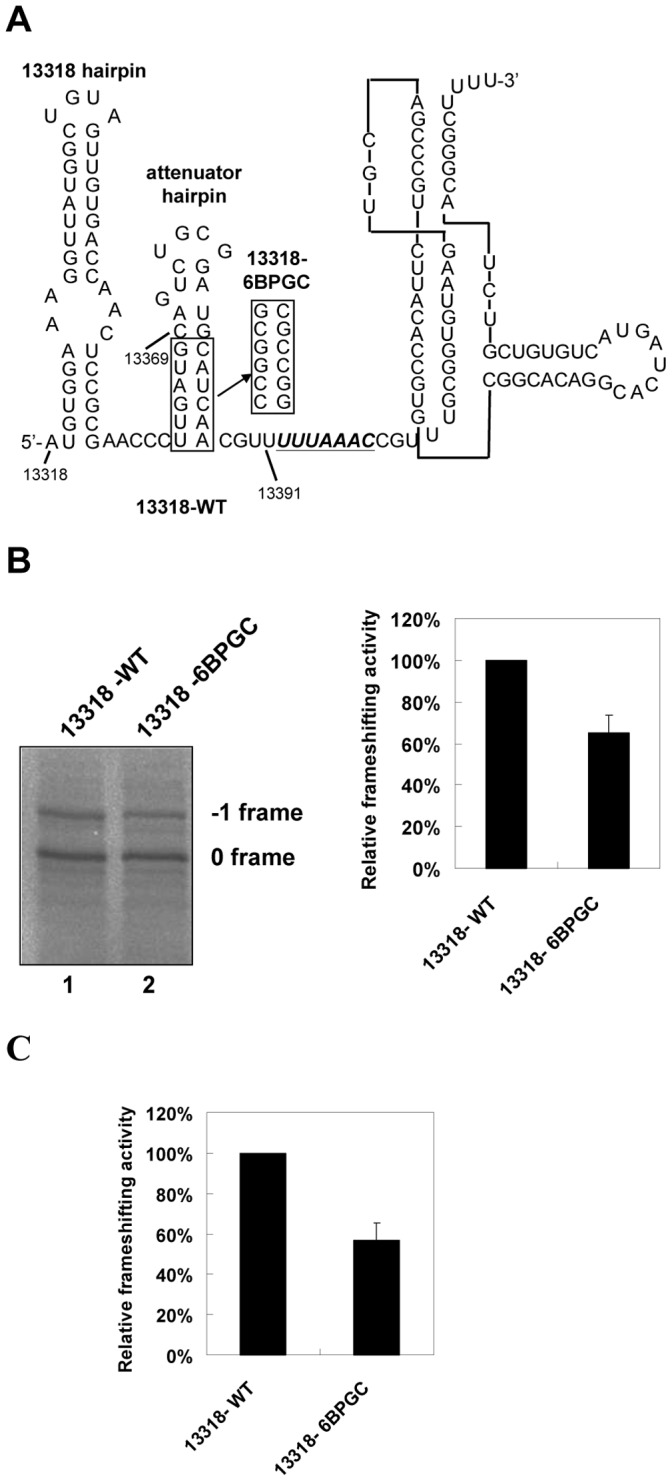Figure 3. Sequence composition of the predicted hairpin stem is crucial for its −1 PRF attenuation activity.

(A) The scheme for swapping the base-pairing composition of the attenuation hairpin stem in constructs containing a longer SARS-CoV viral sequence. The covered viral sequences (13318 to 13391) and the predicted secondary structure are shown, with the six swapped base pairs boxed for comparison, while the slippery site is underlined and followed by a SARS-CoV pseudoknot (SARS-PK) stimulator. (B) In vitro −1 PRF assays by SDS-PAGE analysis of 35S methionine-labeled translation products for constructs in (A) (left), and the relative frameshifting activity with that of 13318-WT being treated as 100% (right). Error bars, s.d.; n = 3. (C) Relative frameshifting activity calculated from dual-luciferase assay data using 293T cells harboring transiently expressed 13318-WT and 13318-6BPGC constructs with the frameshifting efficiency of 13318-WT being treated as 100%. Error bars, s.d.; n = 3.
